Here is the complete Mumbai Local vs Kolkata Local comparison:
- Nickname: Mumbai locals are called the “Lifeline of Mumbai”, while Kolkata locals are known as the “Lungs of Kolkata”.
- Year of start: Mumbai had the first passenger train in India in 1853; Kolkata started one year later in 1854.
- Operators: Mumbai is run by Western Railway and Central Railway; Kolkata is operated by Eastern Railway and South Eastern Railway.
- Total route length: Mumbai ≈ 390 km, Kolkata ≈ 466 km (slightly longer because of the Circular Railway).
- Number of daily passengers: Mumbai carries 7.5–8 million people per day; Kolkata carries about 3.5 million (roughly half).
- Crowding level: Mumbai is one of the most densely packed railway systems in the world (up to 16–18 people standing per square metre in peak hours); Kolkata is crowded but less extreme (10–12 people per sq.m).
- Number of trains daily: Mumbai runs 3,000–3,200 services; Kolkata runs 1,700–1,800 services.
- Frequency in peak hours: Mumbai has trains every 2.5–4 minutes on main lines; Kolkata has trains every 5–12 minutes on major sections.
- Train types: Mumbai has 12-car and 15-car trains, fast/slow locals, AC locals, and ladies-special trains; Kolkata mostly runs 9-car and 12-car trains (some 15-car now) with very few AC services.
- Air-conditioned trains: Mumbai has many AC local services (introduced in 2017); Kolkata has only 1–2 AC rakes and extremely rare services as of 2025.
- Maximum speed: Both can reach 100 km/h, but Mumbai usually runs at 80–90 km/h while Kolkata runs slower at 60–80 km/h.
- Fares: Mumbai single tickets range from ₹10 to ₹345 and monthly passes ₹170–₹2,400; Kolkata is much cheaper with single tickets ₹5–₹80 and monthly passes ₹100–₹1,200.
- Ladies coaches: Mumbai provides 2–3 dedicated ladies coaches per train; Kolkata usually has 1–2.
- Safety: Mumbai sees around 3,000 deaths per year (many from falling off doors or crossing tracks); Kolkata has fewer fatalities but door accidents still happen.
- Cleanliness and ventilation: Both are mostly non-AC with fans and open windows; Kolkata’s newer trains are slightly cleaner and better ventilated.
- Punctuality: Mumbai’s Western line is generally punctual, but Central and Harbour lines often face delays; Kolkata suffers frequent delays due to old signalling and some single-line sections.
- Major stations: Mumbai’s key hubs are Churchgate, CSMT, Dadar, Andheri, Bandra, Borivali; Kolkata’s main hubs are Howrah, Sealdah, Kolkata Chitpur, and Shalimar.
- Unique features: Mumbai has the longest suburban trains in India (15 cars) and is famous for “super dense crush load”; Kolkata has the scenic Circular Railway that loops around the city passing by the Maidan and Victoria Memorial.
In short: Mumbai locals are faster, more frequent, far more crowded, have proper AC trains, and carry twice as many passengers daily, while Kolkata locals are slower, cheaper, slightly less packed, and offer the charming Circular Railway loop.



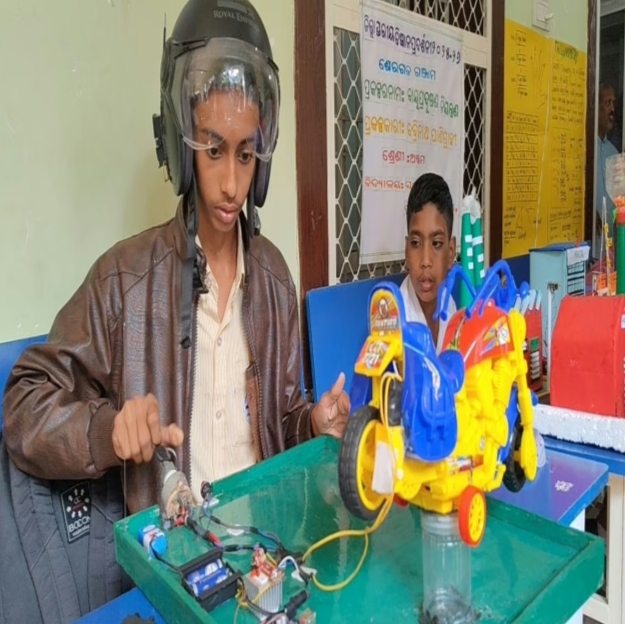

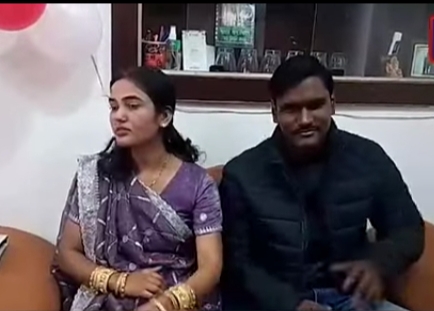
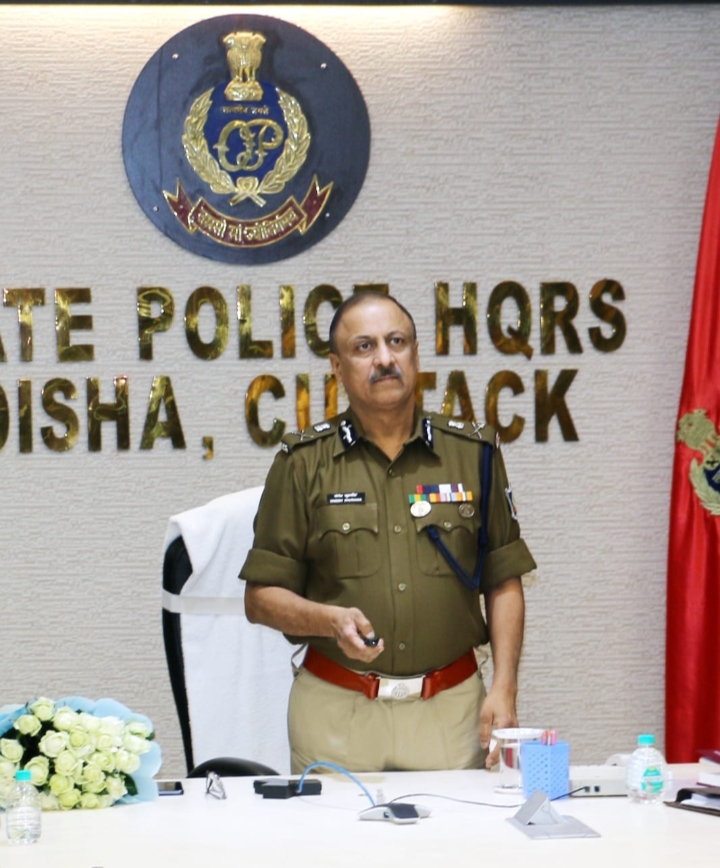
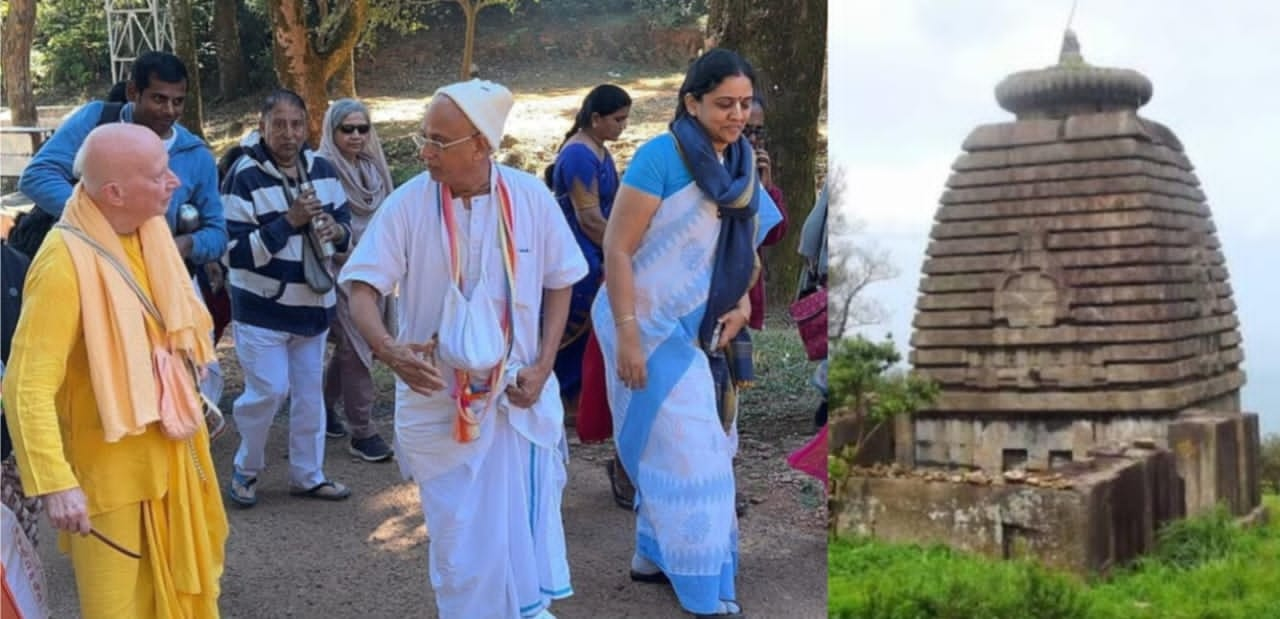


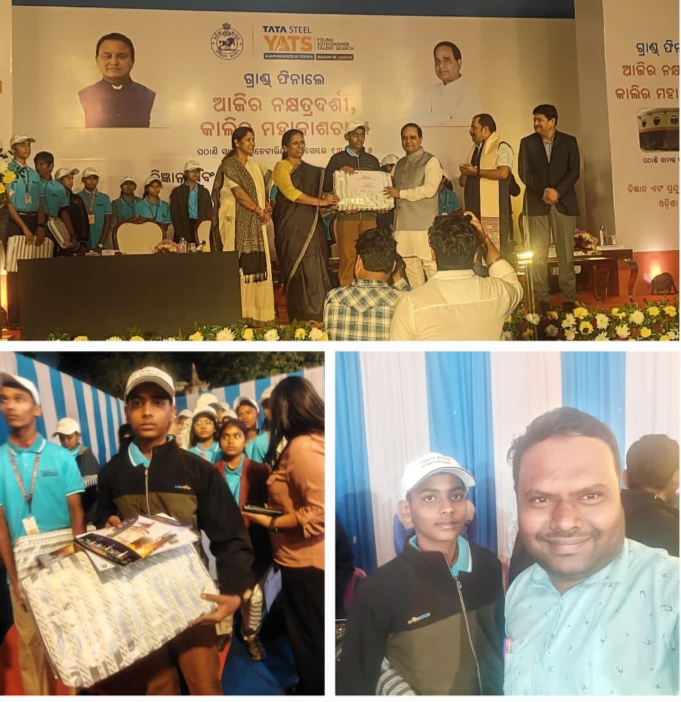
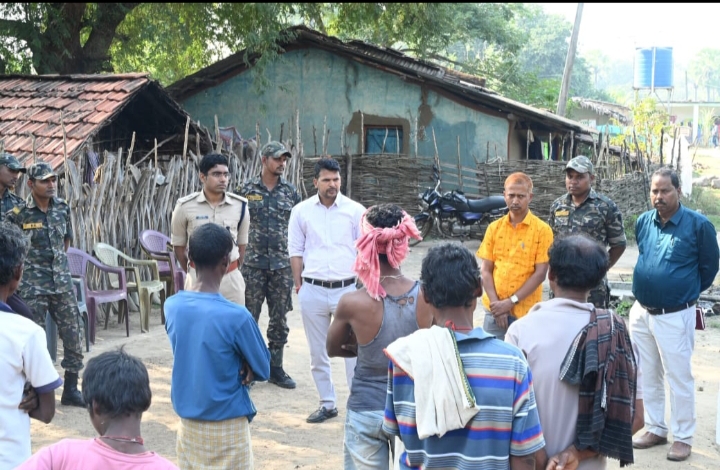
Leave a Reply